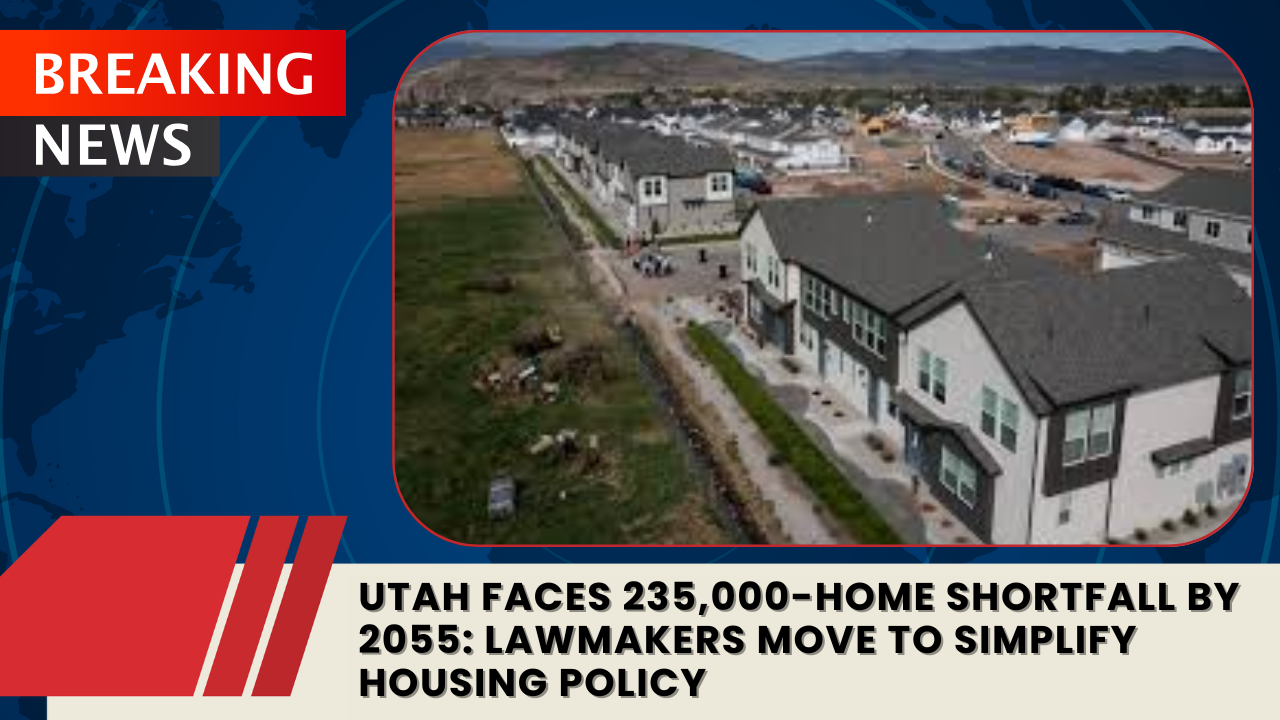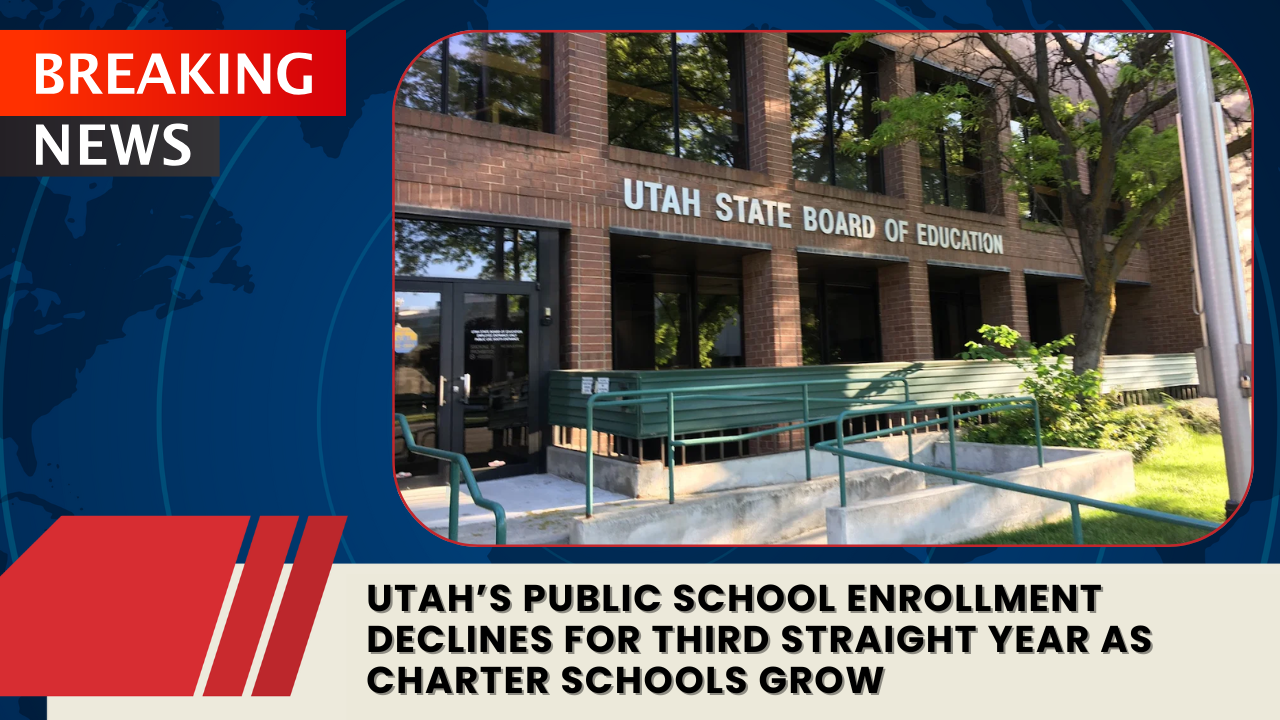Utah could fall 235,000 homes short of demand over the next 30 years unless the state overhauls how it manages housing development and infrastructure, according to a new report presented to lawmakers this week.
The study, conducted by the Utah Governor’s Office of Economic Opportunity (GOEO) in partnership with Envision Utah, projects that the state will build only about 72% of the 842,000 homes needed by 2055 if current trends continue.
“This is where we’re headed if we change nothing,” said Kamron Dalton, managing director of operations at GOEO. “The report isn’t prescriptive — it’s a warning about what inaction will mean for Utah families.”
A Growing Housing Gap
Envision Utah CEO Jason Brown called the findings both sobering and useful. “When we understand our trajectory, we can treat it as a baseline scenario,” he said. “From there, we can test different policy approaches that actually meet market demand.”
The report emphasizes that Utah’s housing system is fragmented, with more than 40 separate housing programs spread across four state agencies, the Utah Housing Corporation, and the Wasatch Front Regional Council. This patchwork, lawmakers say, makes it difficult to track funding, results, and accountability.
State Rep. Cal Roberts, R-Draper, co-chair of the Utah Commission on Housing Affordability, described the current system as a “labyrinth.” He and Sen. Lincoln Fillmore, R-South Jordan, proposed consolidating most housing programs under GOEO and creating a new deputy director of housing position to oversee policy and coordination.
“Right now, there’s no single point of responsibility,” Roberts said. “We want to streamline so the state can move faster and more efficiently.”
Under the proposal, federal housing and homelessness initiatives would remain with the Department of Workforce Services, while GOEO would take the lead on housing supply, land use, and development policy.
Infrastructure: The Biggest Constraint
According to the report, Utah must construct about 318,000 homes in undeveloped areas over the next three decades — equivalent to building 11 Daybreak-sized communities within 10 years.
“The main challenge is infrastructure,” Brown explained. “Water, sewer, and transportation systems in undeveloped regions aren’t equipped to handle that kind of growth, and funding them is increasingly difficult.”
To address these barriers, the report outlines six policy levers, including:
- Allowing higher-density housing where feasible
- Encouraging water-efficient landscaping
- Expanding infrastructure financing tools
- Streamlining zoning processes
- Incentivizing mixed-use and transit-oriented development
- Enhancing collaboration between state and local governments
Dalton noted that the report isn’t meant to dictate solutions but to provide a comprehensive overview of Utah’s housing needs. “It’s an informational framework to help lawmakers and local leaders understand where we’re falling short,” he said.
Lawmakers Eye Consolidation and Reform
The legislative response indicates growing consensus on reform. Consolidating housing programs could allow faster policy adjustments and clearer accountability — something both developers and municipalities have long called for.
Sen. Fillmore said the state must become more “nimble” as growth accelerates. “We’re one of the fastest-growing states in the country. To meet that demand, we need policies that allow communities to plan smarter and build more efficiently.”
As Utah continues to attract new residents and businesses, the question isn’t just how to build more homes, but how to ensure affordability and infrastructure keep pace. Without significant structural reform, experts warn, Utah could face rising prices, longer commutes, and worsening shortages that ripple through every level of the economy.
For now, the Legislature’s focus is clear: simplify the system, strengthen coordination, and prepare for 2055 before the gap grows too wide to close.



